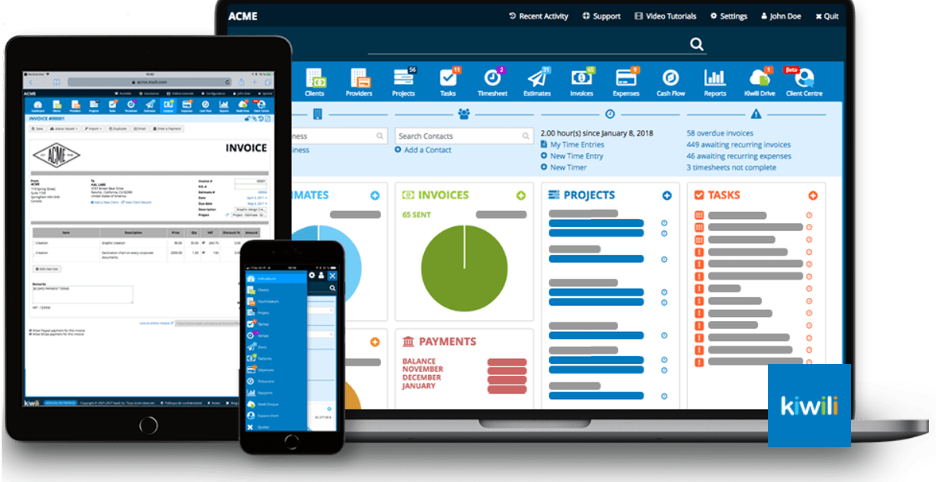Business casual attire has become increasingly prevalent in modern workplaces, offering a blend of professional appearance and relaxed comfort. This dress code allows employees to express their personal style while maintaining a polished image that aligns with workplace expectations. Understanding the nuances of business casual attire is essential for navigating professional settings with confidence and professionalism.
Elements of Business Casual Dress Code
Table of Contents
ToggleBusiness casual dress typically includes a range of clothing options that are less formal than traditional business attire yet more polished than casual wear. For men, this often means dress slacks or khakis paired with a collared shirt or sweater. Ties are generally optional, and blazers or sport coats may be added for a more refined look. Women often opt for tailored pants, skirts, or dresses paired with blouses, sweaters, or professional tops. Footwear choices can vary from dress shoes to loafers or stylish flats, ensuring both comfort and professionalism.
Tailoring Your Attire to Fit the Workplace
The interpretation of business casual can vary based on industry norms, company culture, and specific workplace policies. In creative or tech industries, business casual may lean towards more casual and trendy attire, allowing for items like jeans, stylish sneakers, or fashion-forward accessories. Conversely, in conservative sectors such as finance or law, a more traditional approach with tailored suits, dresses, or blouses without ties may be expected. Understanding and adhering to these expectations demonstrate respect for workplace culture and professionalism.
Practical Tips for Dressing Business Casual
When selecting attire for a business casual environment, it’s important to prioritize neatness and professionalism. Choose clothing that fits well, is clean, and free of wrinkles or visible wear. Avoid overly casual items such as t-shirts, shorts, or flip-flops, unless explicitly permitted by the workplace dress code. Accessories should be tasteful and minimal, complementing rather than overpowering the overall ensemble. Pay attention to grooming, ensuring hair, nails, and personal hygiene are well-maintained to complete a polished appearance.
Adapting to Different Occasions and Settings
Business casual attire is suitable for various professional settings, including meetings with clients, networking events, or casual Fridays in some workplaces. It allows individuals to maintain a professional image while adapting to specific business interactions or social gatherings. Consider the context and expectations of each occasion when selecting attire to ensure appropriateness and professionalism. Flexibility in wardrobe choices enables individuals to navigate diverse work environments with confidence and ease.
Etiquette and Professionalism in Business Casual
Beyond clothing choices, professionalism in a business casual setting encompasses demeanor, communication, and interpersonal skills. Maintain a positive attitude, demonstrate respect for colleagues and clients, and engage actively in discussions and meetings. Practice effective communication, including active listening and clear articulation of ideas. Adhere to workplace etiquette, such as punctuality, maintaining confidentiality, and respecting personal boundaries. By embodying professionalism in both attire and conduct, individuals contribute to a positive and productive work environment.
Balancing Personal Style and Workplace Expectations
While business casual encourages individual expression, it’s essential to align personal style with professional standards and company culture. Experiment with colors, patterns, and accessories within the confines of business-appropriate attire to reflect personal taste and confidence. Choose fabrics that are comfortable and suitable for all-day wear, ensuring practicality without compromising on style. Incorporating classic pieces with contemporary elements allows individuals to convey their personality while maintaining a polished and professional appearance.
The Evolution of Business Casual in Modern Workplaces
The concept of business casual continues to evolve alongside shifts in workplace dynamics, generational preferences, and cultural influences. Companies increasingly prioritize employee well-being, flexibility, and inclusivity, shaping dress code policies to accommodate diverse lifestyles and preferences. Business casual attire reflects broader trends towards work-life balance, remote work arrangements, and collaborative work environments where professionalism is defined by competence, innovation, and mutual respect among colleagues.




